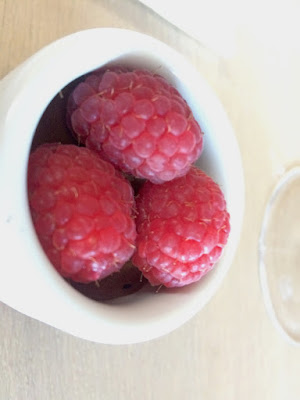It was well worth Le Voyage!
It was well worth a group of us on Monday 4th December making a 470-kilometre round day trip to see Filipa Pato and William Wouters at their home and winery in the small town of Óis do Bairro, some 35 kms to the north of Coimbra.
I first met Filipa when she was just starting to make her own wine when she was working with her father – Luis Pato. I forget the date but it must have been around the end of 2002 or possibly some time in 2003.
We started our visit with a look at the vineyards in the valley close to the winery. These vineyards, which are planted with white varieties, are on very stony limestone.
Filipa and William now have 15 hectares of vines in 24 parcels. There are eight or nine hectares of white varieties with around five of red. They have been gradually purchasing vineyard plots, especially parcels of old vines. They have four hectares of very old vines including a parcel with vines that are 130 years old – planted just after phylloxera. They also have some ungrafted vines from which they make a special cuvée.
In 2014 when William, who is Belgian and a sommelier and chef, moved to Portugal full-time, they started to convert their vineyards to biodynamics in 2014. Previously the demands of commuting between Portugal and Belgium had made it impossible to take such a time consuming step. They decided to move straight to biodynamics rather than moving to organic viticulture first. Filipa and William started converting the parcels closest to their winery first.
Harmony underpins their philosophy. For instance, for their biodynamic infusion treatments they use local plants as far as possible. Initially they used camomile but this isn't a local plant, so, for instance, they use aloe vera, fennel and some nettles. Also they use willow ties for holding up the old vines to their supporting stakes. Cuttings from the old vines are used to propagate new plants.
In one of their oldest vineyards, some 15 kilometres from the winery, there are some olive trees. "The olives and the vines interact," explains Filipa. "The flowering is around the same time and the olive harvest comes just after we finish picking the grapes."
(above and below)
The theme of harmony continues in the winery where they choose to use larger size barrels – 500-litre and 12-hl wooden vats to reduce wood influence. They are also using amphores, which again provides harmony as there is clay with the limestone in their vineyards.
I asked Filipa about Cercial. "Is it the same as Sercial in Madeira but just spelt differently?" "It could be," she replied. "Certainly it not the same as the Cercial found in Dão. Someone bought some Cercial vines from Dão and planted them here are they were clearly different to the ones that you find here in Bairrada. Ours in Bairrada appear to be closer to those in Madeira."
At the start of the lunch Filipa explained that: "It was very important to help animate the village's life by choosing to remain in the village and not build a winery outside. We have already lost the village school."
After the Panna Cotta William served a delicious mushroom and tarragon risotto, which was paired with their very interesting 2016 Post-Quer..s Baga. This 100% Baga sees no wood and is soft and ready to drink now and although the typical rustic Baga tannins are present they have been tamed. The Post-Quer..s name reflects both that no wood has been used and that a Spanish producerobjected to the original Post-Quercus name, as he had a wine of a similar name and alleged that their use of it infringed his copyright, so they took out some of the letters but leaving Qu, which is the Portuguese for arse.
The main course was a beef casserole made using Bairrada wine. This was served with the lovely soft opulent 2011 Tinto Calcario Nossa with its notes of spice and cedar wood. Tannins are present but well integrated in the wine's long finish.
Cheese from Serra da Estrella followed served with the precise 2011 Calcario Branco Nossa with its attractive citric nose, good concentration with some beeswax character.


































No comments:
Post a Comment